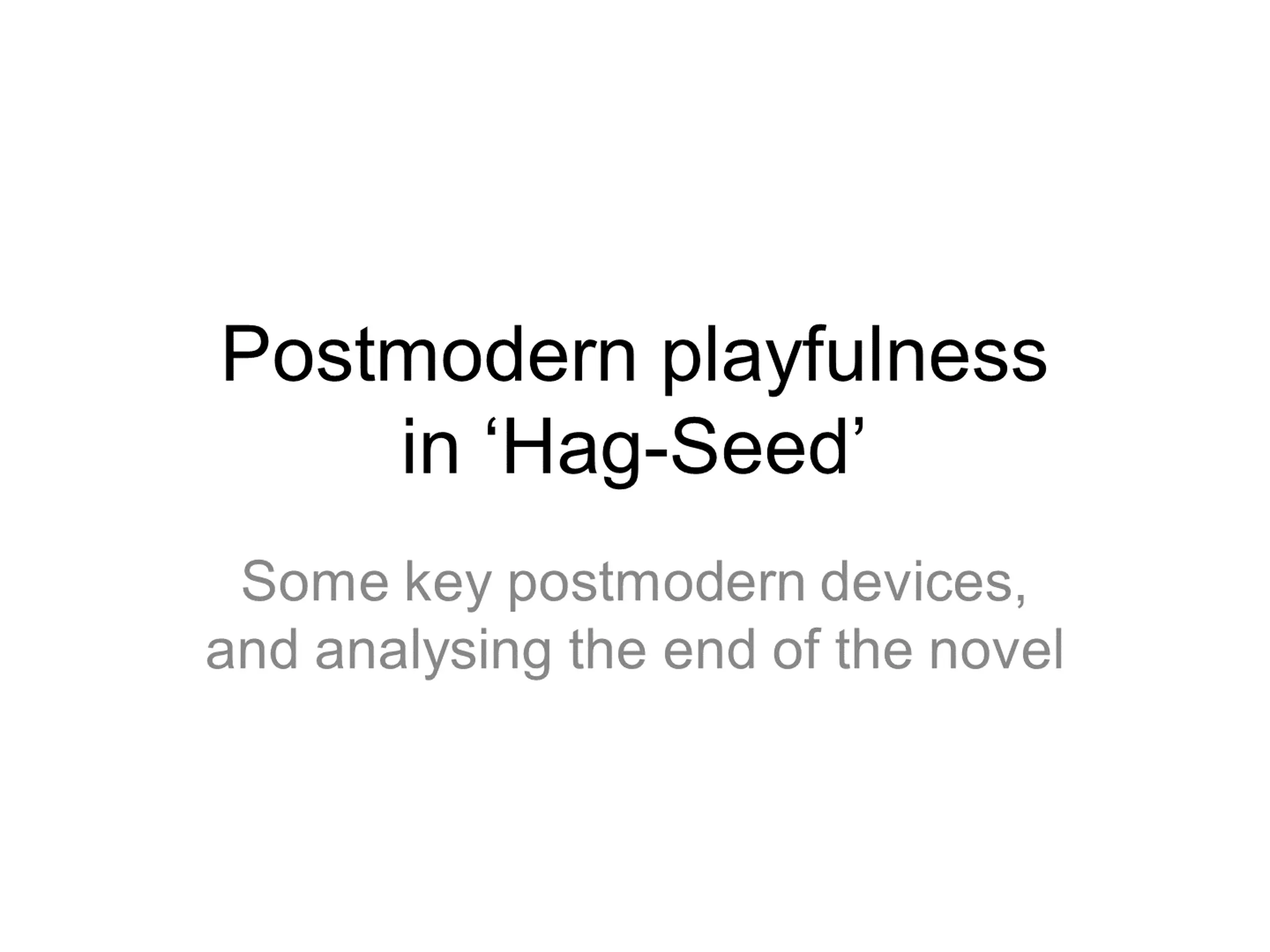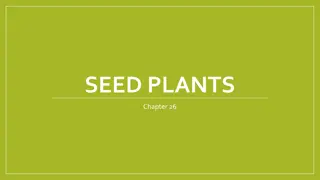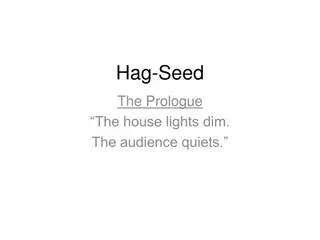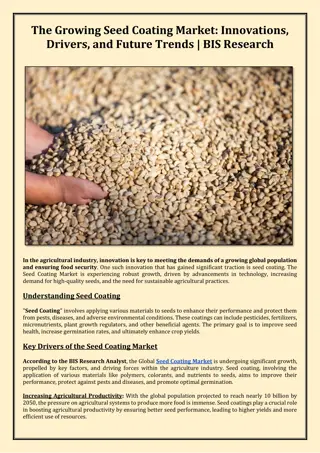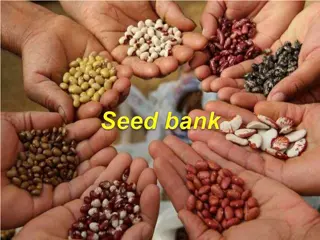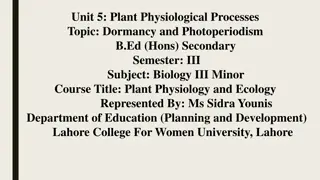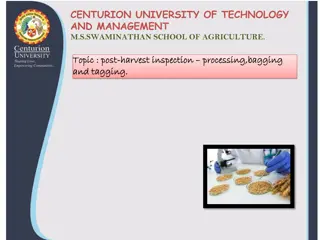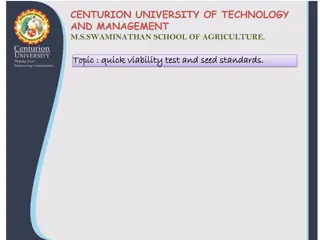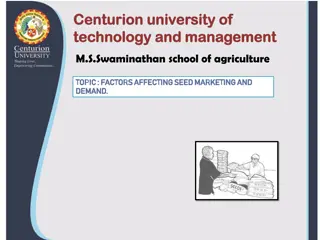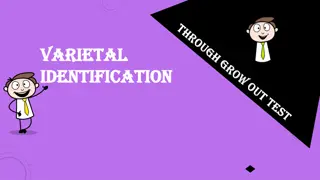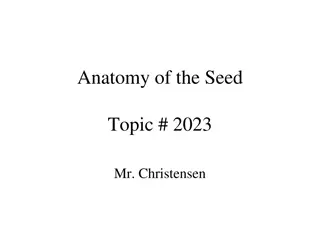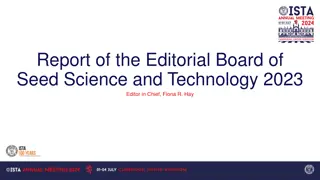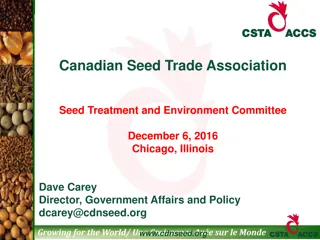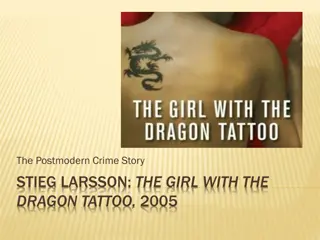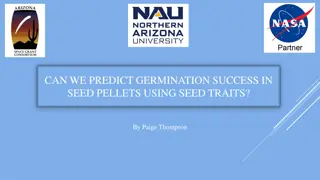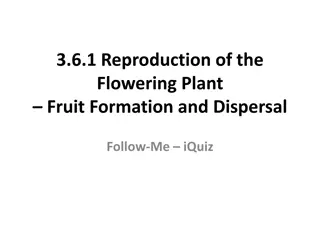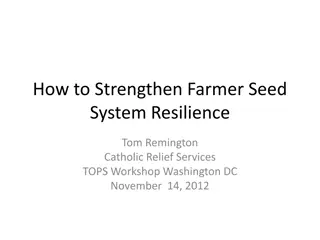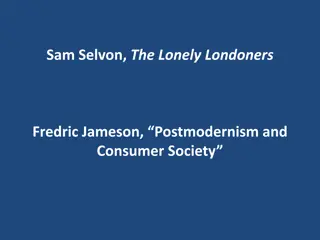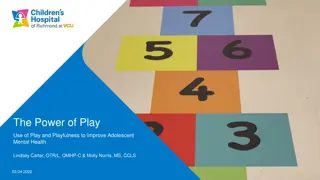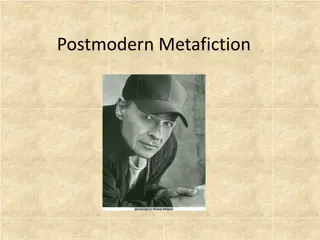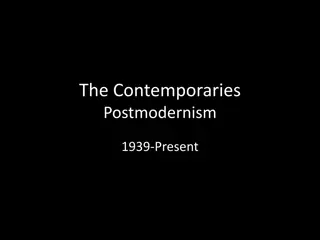Postmodern playfulness in ‘Hag - Seed’
Analyzing the use of postmodern devices and the end of the novel in Hag-Seed, with a focus on intertextuality, poioumena, and the hypothetical multiverse.
Download Presentation

Please find below an Image/Link to download the presentation.
The content on the website is provided AS IS for your information and personal use only. It may not be sold, licensed, or shared on other websites without obtaining consent from the author.If you encounter any issues during the download, it is possible that the publisher has removed the file from their server.
You are allowed to download the files provided on this website for personal or commercial use, subject to the condition that they are used lawfully. All files are the property of their respective owners.
The content on the website is provided AS IS for your information and personal use only. It may not be sold, licensed, or shared on other websites without obtaining consent from the author.
E N D
Presentation Transcript
Postmodern playfulness in Hag-Seed Some key postmodern devices, and analysing the end of the novel
The Postmodern in Hag-Seed John Berger: Never again shall a single story be told as though it were the only one Unlike modernist literature, the postmodern rejects the notion of a text s outright authority over meaning. Atwood s Hag-Seed can usefully be considered within a postmodern framework, especially with regard to what its conversation with The Tempest reflects about textual authority, how meaning is made, and the purpose and nature of stories through time Consider how Berger s above quote reflects the literary conversation between The Tempest and Hag- Seed in terms of: ideas, styles, tropes & motifs, context, and the telling of stories through time
Intertextuality Hag-Seed is an intertextual work at heart. The difficulty in discerning what is direct intertextuality, and what we the reader imply, makes the novel all the more postmodern The arguably novel stands alone as its own narrative, but when read in the framework of its conversation with The Tempest , the allusions and intertextual transformations/subversions/diversions, are everywhere. Indeed, the more we read the book, the more we discover
Poioumena Poioumena refers to the use of a meta-fictive element in a text whereby the story itself becomes an account of the story being created/told (E.g. a book about the writing of the book) In Hag-Seed , there is an element of poioumena in that the novel is centrally about the process of creating a play of telling a story that has already been told, but which is being re-told for a new context, and in a very different world This device also has another dimension in the context of these texts and their common story, for Shakespeare s The Tempest is often read as a metaphorical reflection on his own process of creating plays and telling stories
The hypothetical multiverse Grmusa (2009) explains how postmodern works often resist systematisation, and offer conclusions that are provisional and hypothetical, always liable to be overturned by yet another interpretation Nicol (2009) explains the common use of multiverse in postmodern narrative, where the universe is replaced by parallel universes It suggests that the space of all fiction, not just the postmodern variety, is virtual reality and this has been operational long before computer technology produced its more limited version
The multiverses of the Fletcher Teams Felix s last assignment for the Fletcher players is for Team Ariel, Antonio, Gonzalo, Miranda and Hag-Seed to present and justify a vision for how these characters lives play out after the events of the play. This imaginative rendering of stories-beyond-the-play creates a multiverse of hypothetical narratives that frame the characters lives (beyond the play) in enlightening but also inevitably limited ways. There is much to be said for how these multiverses reflect the trappings of perspective yet the paradoxical freeing power of the storytelling mind, as well as for how they converse and interact in their own fictional universe.
Atwoods multiverse questions/activities Team Ariel s version of events for Ariel s character says a lot about how context shapes the ways in which stories are told and interpreted. How? Create your own future for Ariel, and have a peer/s assess how your story-beyond-the-story is a product of context Team Evil Bro Antonio s hypothetical future for Antonio is bleak and very Machiavellian. Research what this means and explain how/why. What is Atwood s intention here? Team Miranda is very much an interjectory chapter, set up almost as a feminist reply to the patriarchal and Machiavellian narrative that Team Evil Bro Antonio plays out. Analyse how these chapters hold their own conversation within the novel. With Anne- Marie s alternative future for Miranda in mind, consider Hag-Seed as a whole from a feminist perspective Consider how the Team Gonzalo and Team Hag-Seed chapters also hold a conversation within the novel. How are these stories products of perspective? The Team Prospero chapter effectively comes at the end of the novel, with Atwood s portrayal of Felix s life course post-play. How is Atwood choosing to end her conversation with Shakespeare s The Tempest in the way that Felix s life plays out. By including these many perspectives and alternative futures for the play s characters, what is Atwood ultimately paying homage to?
